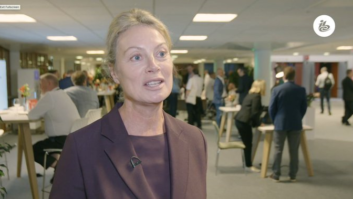Ofcom recently published a paper detailing a study of an experimental DAB multiplex in central Brighton that uses lower-cost technologies.
Conducted between Sept. 14, 2012 and Jan. 27, 2013, the privately funded study explored the potential benefits of low cost DAB for smaller areas by looking at the viability of using a wireless transmitter, which was operated under a Non-Operational Test and Development license, to generate a Eureka 147 DAB compliant signal. Additionally, the study analyzed and compared the methods to other multiplexes.
It concluded that much infrastructure can now be implemented through software, and integration with public IP networks improves accessibility and reduces costs. Additionally, it showed that if the multiplex reduced its power efficiency it could eliminate the need for cavity filters (required to meet ITU spectral masks).
Using interleaved spectrum, the multiplex was able to transmit reliable, high-quality broadcasts because it was a smaller network. The study also emphasized the importance of location; the efficiency of low-powered multiplexes serving urban areas depended on whether they were centrally located or on the outskirts.
Although adjacent channel interference was expected, none was found to affect other DAB services.
The study concluded that it is still possible to broadcast to a wide area. However, suitable spectrum has not yet been identified for these purposes, and licensing concerns must be considered. The implications of this are not yet known, but the paper suggests that smaller scale radio stations, such as those used for community radio or deployed in rural areas, may benefit from these techniques during the DAB rollout.












